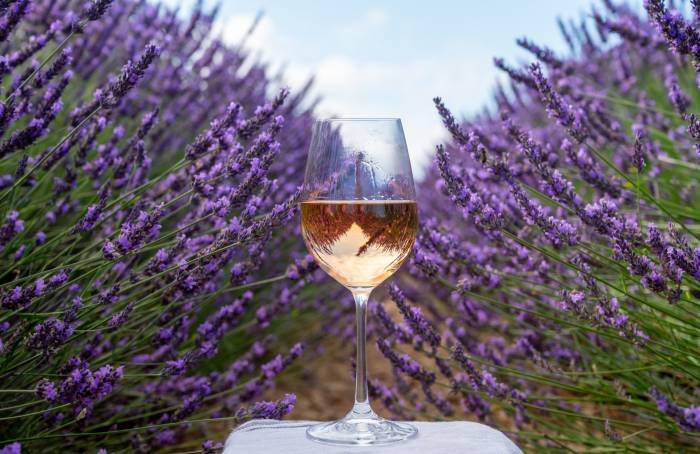Provence emerges as global leader in premium rosé wine production and export
Historic roots, ideal climate, and modern marketing drive region’s dominance in French and international wine markets
2025-04-30

Viticulture in Provence began over 2,600 years ago, when Greek settlers from Phocaea arrived in Marseille around 600 BC. They planted the first vines, making Provence the birthplace of French winemaking. The Romans followed about 400 years later, naming the region Provincia Romana and expanding viticulture across France. Around 100 BC, winemakers in Massilia (now Marseille) started using a short maceration before fermentation, producing pale wines that resembled today’s rosé. These light wines quickly became popular among the elite.
Provence’s specialization in rosé wine is rooted in its long history, favorable climate, and strategic marketing. While the region has always produced red, white, and rosé wines, a clear shift toward rosé began in the late 20th century. Several factors contributed to this change. The Mediterranean climate provides abundant sunshine and is moderated by the Mistral wind, which helps keep grapes fresh and healthy. After World War II, tourism increased dramatically in the 1960s and 1970s. Visitors discovered Provence’s refreshing rosé wines, which paired well with local food and the relaxed lifestyle. Technological advances in winemaking allowed for more precise temperature control and gentle pressing, resulting in higher quality rosés. By the 1990s and 2000s, producers marketed rosé as a premium product associated with leisure and sophistication. Ongoing improvements in vineyard management and winemaking have further raised quality.
Today, Provence is recognized as the world leader in premium rosé production. The region is known for its pale-colored wines with vibrant freshness. Provence’s success has made it one of France’s most important wine regions.
The geography of Provence stretches from the Italian border to the Rhône River and north to Briançon in the Alps. The region enjoys a classic Mediterranean climate with mild winters and hot, dry summers. There are more than 3,000 hours of sunshine each year—twice what is needed for grapes to ripen fully. However, too much sun can lead to overripeness if not managed carefully. The Mistral wind is another key feature; it cools grapes and prevents rot but can also damage vines if strong enough. Many of the best vineyards are on south-facing slopes that offer some protection from the wind.
Soils across Provence are diverse. Coastal areas like Cassis have limestone and schist soils, while inland regions feature quartz-rich terrain and clay-sandstone mixes. This variety allows for many grape types and wine styles.
Provence produces mostly rosé (about 89% of total output), with smaller amounts of white (6%) and red (5%) wines. Key grape varieties include Grenache, Mourvèdre, and Rolle (also known as Vermentino). The main appellations are Côtes de Provence, Côteaux Varois en Provence, and Côteaux d'Aix-en-Provence. Other notable areas include Bandol—famous for Mourvèdre-based rosés with aging potential—and Cassis, which is known for its mineral-driven white wines.
A typical Côtes de Provence rosé is pale pink or salmon-colored with aromas of red berries like raspberry and strawberry, blackcurrant, blackberry, Provençal herbs such as thyme and laurel, as well as mineral notes from limestone soils. On the palate these wines are dry, crisp, lively, and balanced by fresh acidity. Styles range from light versions ideal for summer drinking to more structured examples that can age.
Provence’s rosés are versatile at the table—pairing well with Mediterranean cuisine, seafood dishes, grilled poultry or vegetables.
The economic impact of wine production in Provence is significant. The region produces about 166 million bottles annually; 91% are rosé (roughly 151 million bottles). Provence accounts for up to 45% of all French AOP rosé production and about 5% of global output. Exports have grown rapidly over the past 15 years—by about 500%—with more than 55 million bottles shipped abroad each year. The United States is now the largest export market for Provence rosé (37% of exports), followed by the UK and Netherlands.
This combination of high quality, strong branding, and international demand has made Provence rosé a major force in global wine markets. Wine merchants worldwide see it as a profitable category that appeals to both casual drinkers and connoisseurs alike.